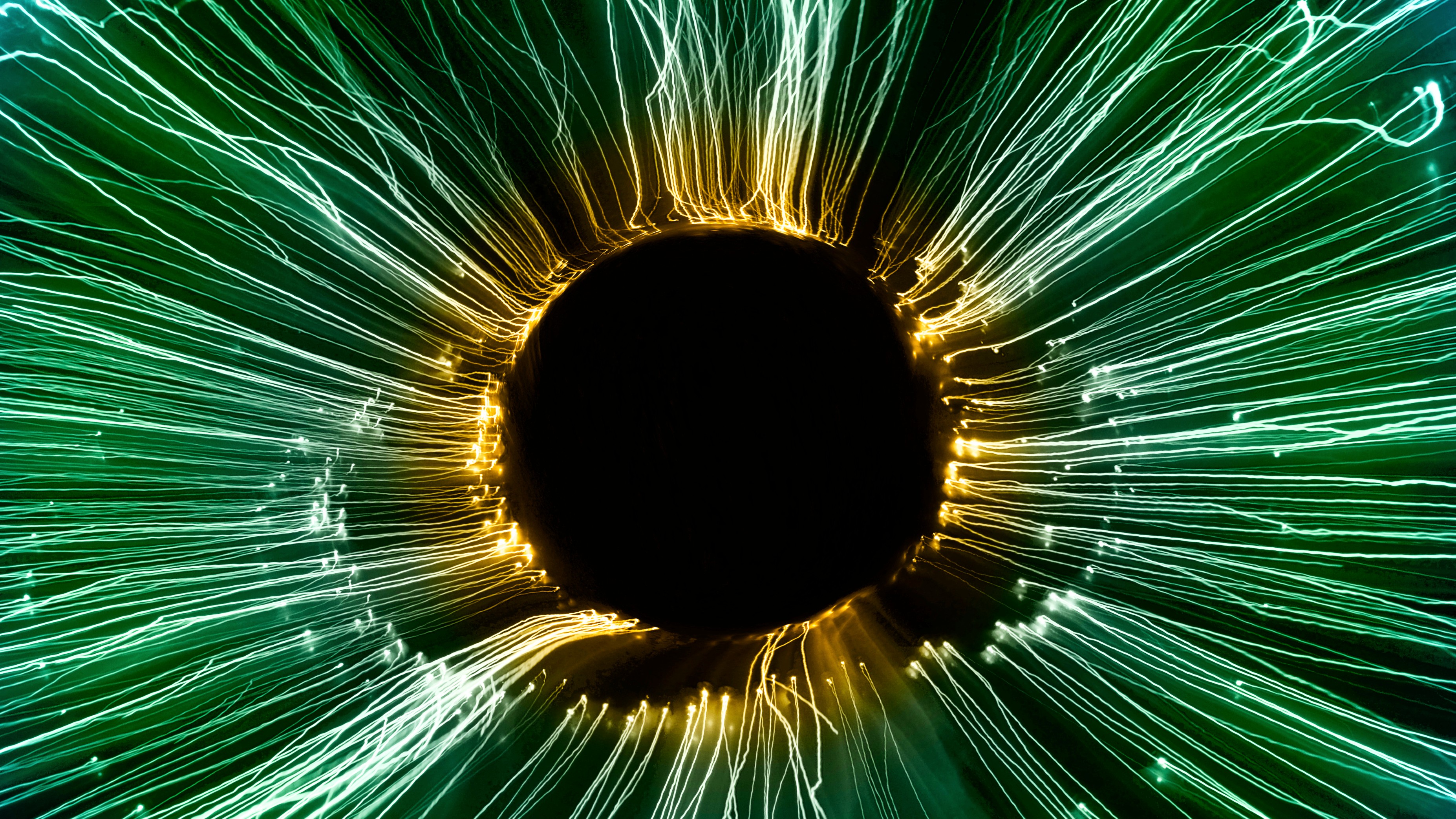Our moon may someday become a small planet, say researchers — a ‘ploonet’

Photo credit: Tom White / Getty Images
- A new study suggests that the moons of gas-giant exoplanets may break away into their own orbits, called “ploonets.”
- Planet + moon = ploonet.
- As the gas giants move inward toward their suns, the orbits of their moons are often disrupted, according to new computer models.
While exoplanets appear to be plentiful outside our solar system, the moons that we might expect to be orbiting them are another story. Indeed, last spring it looked like astronomers had finally found one — it was dubbed Neptmoon because of its great size — but that finding now appears less certain.
In light of this quandary, a new paper, published on June 27, looks at what might be happening to “exomoons” that orbit large gas-giant planets migrating inward toward their stars, such as our own Jupiter seems to have done.
The researchers — astrophysicist Mario Sucerquia and colleagues — hypothesize that these satellites break free of their tidal connection to their “parent” planets as they move nearer to their sun. The paper suggests that, at this point, they’re not quite moons anymore — or planets — but “ploonets.”
What’s more, our own moon, the researchers say, may meet a similar fate one day, even though Earth isn’t a gas giant. Warns Sucerquia:
“Earth’s tidal strength is gradually pushing the moon away from us at a rate of about 3 centimeters a year. Therefore, the moon is indeed a potential ploonet once it reaches an unstable orbit.”

Image source: JPL/BigThink
The research in the new paper is grounded on the manner in which large gas giants have been observed to slowly move inward through their solar systems toward their respective suns. It suggests that, as such a body draws close to the star, its moon’s orbit — affected at that juncture by both the gravitational pull of the planet and the host star — experiences an increase in energy, which becomes unstable. This, eventually, releases the moon from the gravitational bonds of its parent parent.
Further, the paper’s conclusions are based on a series of computer simulations that researchers conducted regarding what would happen to a moon orbiting a migrating gas giant. What was discovered?
The models found that 44 percent of the moons would meet their demise by being pulled into their planets (this could explain some of the planetary rings that have been observed). The system’s star would seize and destroy another 6 percent. Significant amount of exomoons, however, — about 48 percent of them — would split off from their planets and begin orbiting their star as “ploonets.” Around 2 percent would be blown out of their solar system altogether.
This would certainly explain why we haven’t definitively found any evidence of exomoons yet.





